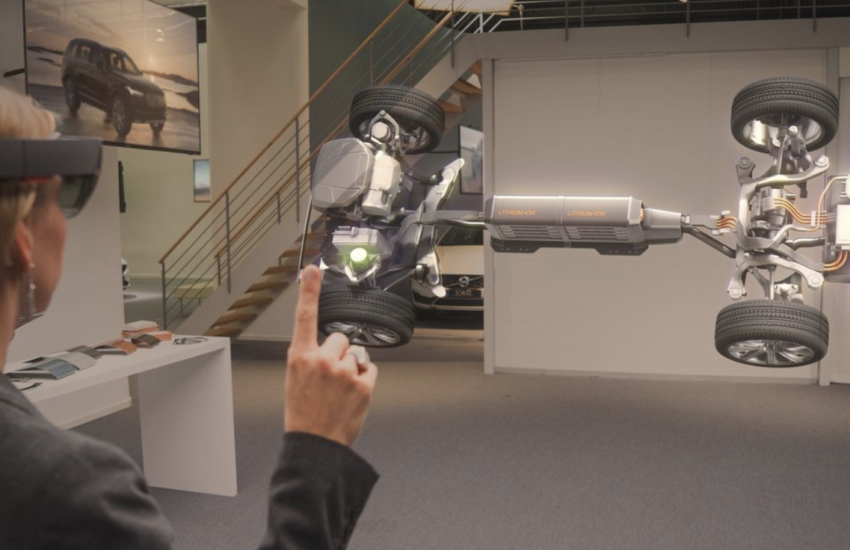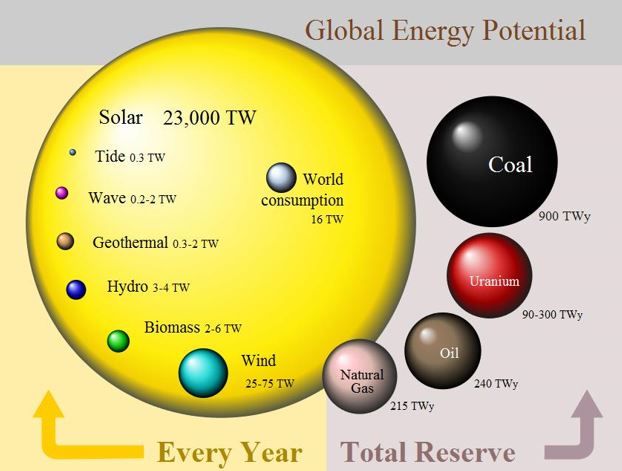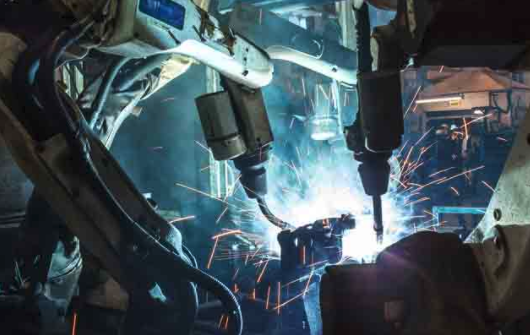Twenty years ago, we arrived on the surface of another planet. This marked one of the most important moments in space exploration history. It was 1997: the first successful touchdown on Mars via the Pathfinder rover.
Now, space exploration has expanded beyond our own government program, NASA. It has become the passion of some of the most revered, forward-thinking minds in the world.
In 2000, Amazon CEO Jeff Bezos began a side project called Blue Origin. Although most of its activities are kept somewhat secret, Bezos has stated that its near-term goals involve space tourism and satellite TV. Then, in 2002, Elon Musk began a company called SpaceX. This company was started with the sole purpose of colonizing Mars, even before Musk founded Tesla.
Right now, a main goal of NASA is to be the first to have a manned Mars mission. And now, there is increased competition from private companies, SpaceX in particular, as well as a multinational race, similar to that of the race to the moon.
It would be great to be able to invest in a company with such a unique and monopoly-like focus as SpaceX and Blue Horizon, but unfortunately that’s not an easy option; these companies are not publicly traded. However, I believe the next best option is investing in the systems that make these companies’ rockets “go.”
Rocketing Into History
About 98% of the material that’s launched into the sky during liftoff is related to propulsion. And it doesn’t just get the rocket off the ground. Complicated propulsion systems are also necessary to maneuver the ship once it’s in space.
It’s a relatively small aerospace and defense company here in the United States. Its specialty is propulsion systems, which comes in handy when working with rockets and other space-traveling vehicles. In fact, it’s the largest producer of space propulsion and power systems in the U.S.
The company also has a huge client for whom it does most of its business: NASA.
In the past, most of the business it has done for NASA involved the space shuttle. This includes 30 trips to and from the International Space Station; it also supplies the batteries used to keep the station running. In fact, the propulsion system that it designed and built guided the shuttle for 135 missions with a 100% success rate, making it the world’s most reliable rocket ever built.
But going forward, one of the major reasons for demand will be American-manned space launches. Although we have not had a manned space launch since 2011, this activity will be revitalized with the goal of making it to Mars.
This will be done via NASA’s Space Launch System (SLS), which is expected to take off for the first time in 2019. But the SLS is just the launching vehicle; the crew capsule that will carry the passengers is called Orion, and the company I’m recommending today is making the propulsion system for just about every component for both of these crafts.
It really is making history with this project, as no manned spacecraft has ever been designed to take humans into deep space, potentially to Mars and even the asteroid belt.
Another project this company has been selected to work on is the propulsion system for the Defense Advanced Research Projects Agency (DARPA)’s Experimental Spaceplane. In this project, it is collaborating with Boeing to make a hybrid airplane/traditional launch vehicle that will be used to send military satellites into space.
The Defense Department’s goal is to have this vehicle fully functional and tested by 2020. So, while this is a smaller project, it is still something coming up within the next few years.
A Sudden Growth Phase
Of course, any company can sound like a great investment, but it still has to be financially stable to actually be a great investment.
That’s why I believe Aerojet Rocketdyne Holdings Inc. (NYSE: AJRD) is on the verge of newfound growth in revenue due to the revitalized space program.
This year, its first-half sales increased by 13% after just 4% growth over the previous two years combined. And over the past year, expectations for revenue have grown from $1.78 billion to $1.9 billion. A year ago, Aerojet wasn’t supposed to make $1.9 billion until 2020.
You know a company is in a sudden growth phase when its expected revenue is accelerated by three years. And Aerojet has already booked $4.3 billion worth of future projects.
Lastly, when a company enters a growth phase, it’s important to make sure it has enough cash to fund its future operations. Over the past two years, Aerojet has brought in over $350 million in cash from operations, essentially doubling its cash position in anticipation of its projects ahead.
Looking at Aerojet’s stock price, it’s obvious that the market has discovered the company’s growth potential. The stock has gone up about 100% over the past year. But I still believe it has plenty of room to grow going forward.
As a company, Aerojet is still valued at only $2.4 billion, which is less than 1.5 years’ worth of revenue. And soon enough it’ll be making more than that in just one year.
Overall, in the aerospace and defense industry, it is the seventh-cheapest company in terms of valuation out of 28 companies, and that’s after its price went up 100% in the past year.
Clearly, as Aerojet continues to grow, more and more investors will realize its potential and buy into its stock.
Regards,

Ian Dyer
Internal Analyst, Banyan Hill Publishing
Right now, an untapped ocean of energy—found underneath all 50 states—is about to transform the world’s energy industry. In fact, there’s enough of this energy in the first six miles of the earth’s crust to power the United States for the next 30,000 years. Wanna know this untapped energy source? Learn NOW! And as companies rush to extract this energy from the ground, they’ll need the help of one Midwestern company’s technology to make use of it. This is your chance to take advantage of John D. Rockefeller-type fortunes. Early Bird Gets The Worm...
Source: Banyan Hill












 It turns out that she had just bought a pig. To my surprise, she bought it with the intention of keeping it as a pet, rather than frying it. That was a little over a year ago, and we still have Charlotte, who has grown from a 10-pound piglet to a barrel-shaped, 150-pound bundle of joy.
It turns out that she had just bought a pig. To my surprise, she bought it with the intention of keeping it as a pet, rather than frying it. That was a little over a year ago, and we still have Charlotte, who has grown from a 10-pound piglet to a barrel-shaped, 150-pound bundle of joy.




